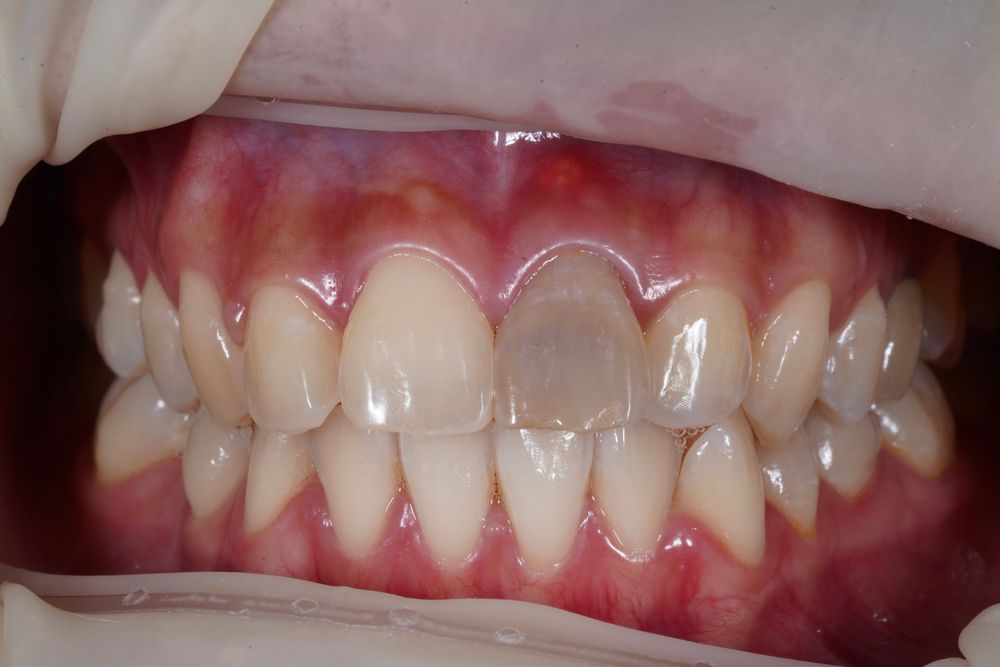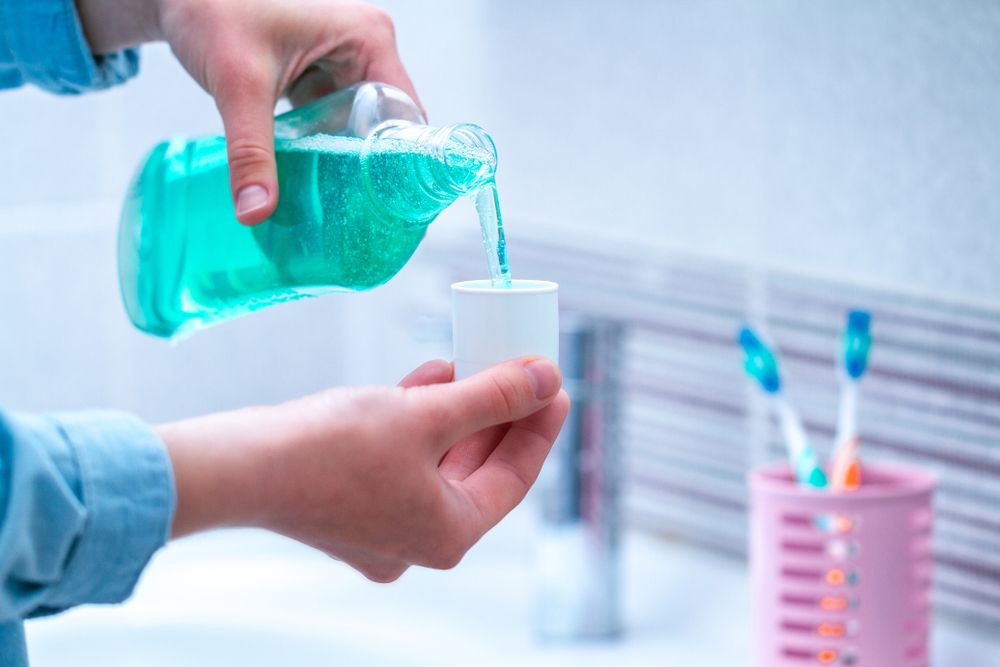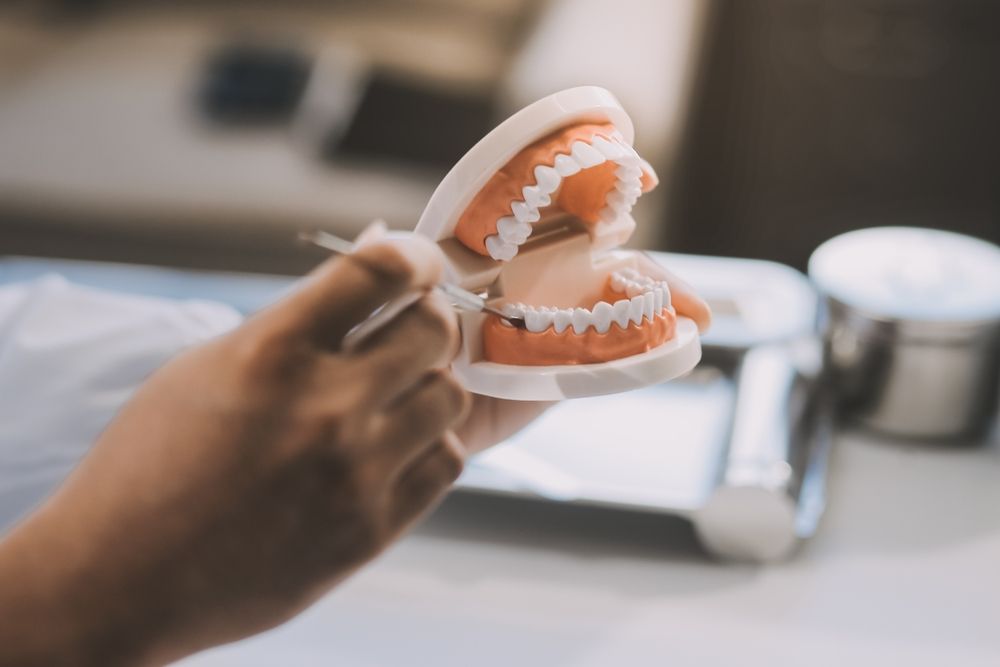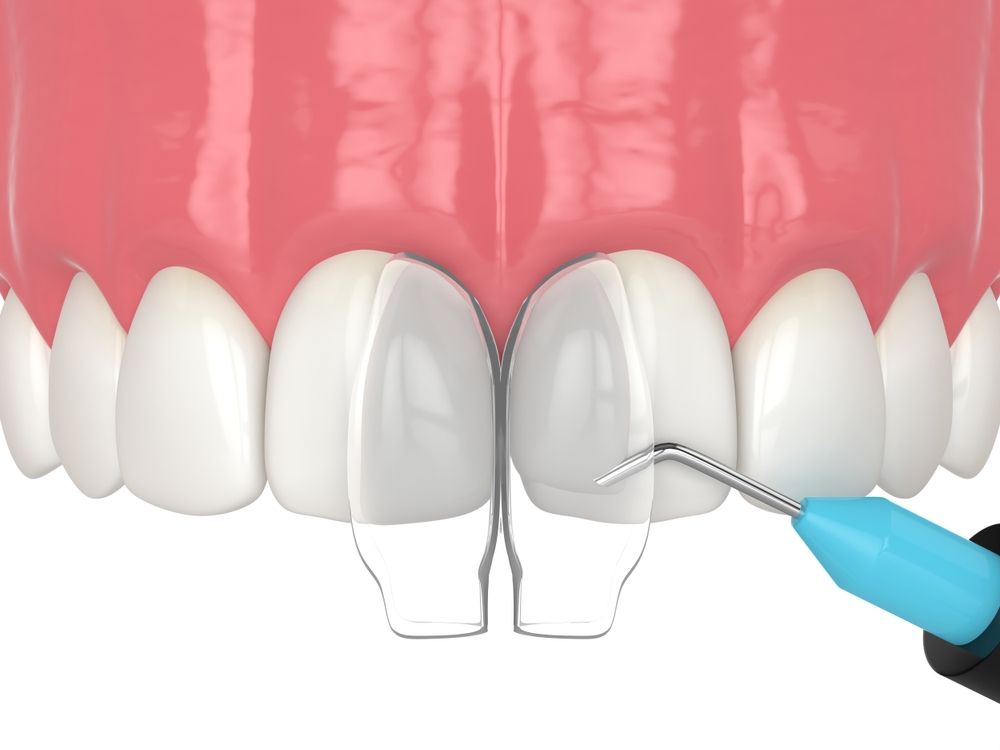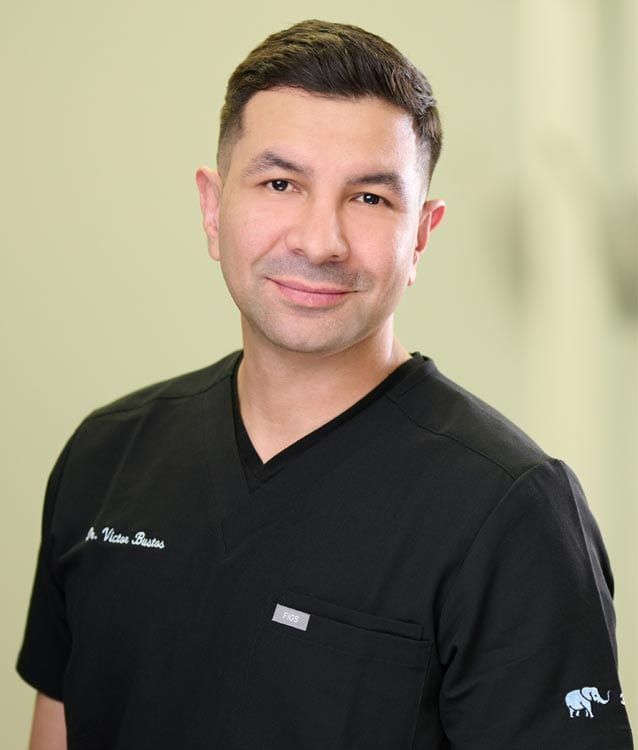Every dental office has methods available for treating their patient’s dental pain and discomfort. Before treatment, you may receive anesthesia. This medicine helps to control the pain during the procedure, making them more comfortable for you and easier for the dentist. Anesthesia has come a long way since it was first introduced into dental medicine. In the earliest days, there wasn’t any meaningful painkiller. As pain control medications became more available in various forms, they started seeing greater use in dental care. We will explore the history of dental anesthetics and discover what’s available in modern offices.
The Evolution of Dental Anesthesia Through History
The earliest examples of pain relief in dental care go back to Ancient Egypt. Narcotics in various forms were used to make treating dental pain easier. During the medieval period, it was common to use substances such as henbane, opium, and even alcohol to reduce the pain the patient felt during treatment. Some forms of anesthetic were more effective than others. Most medical concepts at the time were brought out of Ancient Greece and included concepts of the four humors and the connection of the mind to our spirit. The approaches used were often practical but also had long-term consequences, such as addiction to the anesthetic.
Narcotics would be the pre-eminent form of pain control for dental procedures until the 18th and 19th centuries, when better forms were being developed. Some of the anesthetic options developed during this period were so effective that they’re still in many dental clinics. Some examples of the substances developed at the time include:
- Nitrous Oxide: This colorless gas has a slightly sweet odor. It’s commonly known as laughing gas and was one of the initial forms of non-narcotic pain relievers for tooth pain. Developed by T.G Morton and Horace Wells, subsequent research has revealed limited pain control properties. However, it does relax the patient and makes them more comfortable with the experiences they’ll go through in the procedure. This is still used in modern dentistry.
- Ether: This is a colorless solvent frequently combined with waxes, gums, and resins. William Morton was a proponent of using Ether during treatment until it was revealed that it had harmful side effects. Some potential risks associated with Ether are respiratory paralysis, inebriation, and unconsciousness. It is no longer used in modern medicine for pain relief.
- Cocaine: Carl Koller was a researcher who felt that cocaine was an excellent option for pain relief. Its addictive properties and associated health risks have made it no longer used in modern clinics.
Anesthetics In Modern Dental Practices
A broad range of anesthetics has been developed in modern dental practices. Some examples include Novacaine, Orafix, and Traverse. These substances are known to be safe and effective for controlling pain in dental patients. They also lack the addictive qualities that other forms of chemical pain relief may have. Please speak to your dentist to determine what options are available at their practice.

